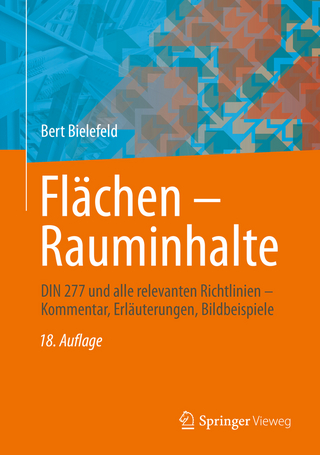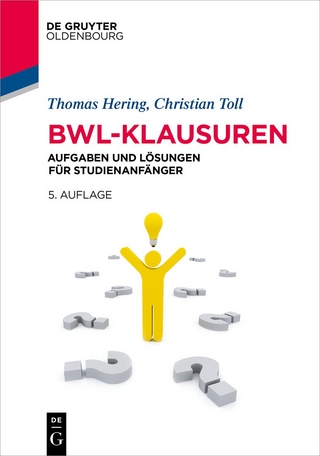Resilience of Luxury Companies in Times of Change
lt;p>Gabriella Lojacono is Associate Professor of the Department of Management and Technology and Director of the Made in Italy Vertical of B4I (Bocconi for Innovation) since 2019. She is a senior researcher of the Gucci Lab, Bocconi University.
Since January 2017, she is Strategy and Entrepreneurship Faculty Deputy at SDA Bocconi School of Management where she is also Director of the EMiLUX Program (Executive Master in Luxury Management). She has run several executive education open programs and tailor made initiatives with some of the most important companies in the banking, food, beauty, automotive and home furnishing industries.
Her research projects have focused on the international growth of major appliances, design-based companies, cosmetics, eyewear industry, F&B, automotive, fashion, especially in the high end market.
She is the author of numerous books and articles on the subject. Her works have been published in Economia & Management, Sloan Management Review, Long Range Planning and International Business Review, among others. She has authored numerous case studies, filed in international databases, about multinational enterprises such as Starbucks, Davines, Inditex, Ferrari, Valentino, Farfetch.
Gabriella earned a Degree in Business Administration from Bocconi University, then a Ph.D. in Economics and Management from SDA Bocconi and an ITP (International Teachers Programme) organized by ISBM at HEC in Paris. During her Ph.D., she was Visiting Scholar at Copenhagen Business School.
Laura Pan is Junior Lecturer of Strategy and Enterpreneurship at SDA Bocconi School of Management.
As of 2020, she is the coordinator of the Executive Masters in Luxury Management Programme (EMiLux). Her main area of teaching are within the subjects of: evolution of country of origin perceptions, environmental management & sustainability in the context of luxury, and a specific focus on Chinese luxury consumer behavior in luxury industries.
Her research activities are centered around luxury brand strategies and international growth.
She had an extensive career as a process engineer and worked in various industries such as food manufacture, wastewater treatment, oil & gas, automotive and locomotive; where she developed a strong background in operation, supply chain and business process optimization. After her MBA, she joined the luxury industry working in operations management before entering the SDA Bocconi faculty in late-2019.
Laura earned a double degree in Chemical Engineering and Food Technology from RMIT Univerisity, Melbourne, Australia. In 2018, she earned an Master in Business Administration (MBA) from SDA Bocconi School of Management
lt;p>Introduction
Part One - Was the luxury industry built on resilience?
1) Fundamentals of the Luxury industries
1.1) Traditional Business Model Structures in their respective industries
1.2) From Family Businesses to Major Conglomerate
1.3) Power structure in luxury companies (creative directors vs. CEOs, Entrepreneurs vs. Shareholders, CEOs vs. Chairman, role of private equity)
2) Dilemmas in the luxury Industry
2.1) The age-old debate: Heritage vs. Modernity
2.2) Innovation vs. Tradition
2.3) Craftmanship and Industrialization
2.4) Growth in the business of rarity vs. accessibility (e.g. Ferrari Case)
2.5) Timelessness and Contemporary
2.6) An inclusive approach with an exclusive experience (e.g. Gucci Case)
3) The old world vs. new world (Matured vs. emerging)
3.1) Europe - the epicenter of luxury
3.2) United States - The big bang of luxury consumption
3.3) The Middle East - A different kind of consumer
3.4) Japan - How companies can learn from the maturing consumers
3.5) China becoming more local
3.6) The up and coming emerging markets
4) Country of Origin
4.1) The value of where it is made
4.2) Chasing quality and prestige
4.3) Sourcing the best materials and savior-fare (e.g. sourced from Mongolia, Made in Italy or sourced from Italy, made in Morocco)
4.4) Evolution of Country of Origin - Can brand equity be more important? (e.g: Louis Vuitton's Made in the USA)
Part Two - The inevitable evolution to remain resilient
1) Luxury is a crisis proof industry - or is it?
1.1) Nimbleness to short term strategy in a state of emergency
1.2) Flexible long-term strategies that adapt to change
1.3) The v-curve / revenge buying
1.4) New types of human capital
2.1) Omni-channel
2.2) Pre-order
2.3) Merchandising
2.4) Digitalization
2.5) Personalized experiences
2.6) Gamification
2.7) Capturing the moment (a new form of travel experience retailing)
3) Ambidexterity
3.1) Essential consideration in the fast-changing world
3.2) Differences across country and adaptation strategy
3.3) Embracing new codes
3.4) New organizational structures (splitting the roles and responsibilities)
3.5) Ambidexterity: How to excel in all aspects
4) Values that guide the change
4.1) Culture
4.2) Patriotism
4.3) Brand meaning
4.4) Sustainability / Ethics
4.5) Inclusivity
4.6) Empowerment (women and creativity)
5) Trading up and trading down
5.1) Premiumization in the luxury industry
5.2) Shifting your product offering
5.3) A focus on accessories and other services
Part Three - Creating a path towards resilience
1) Innovation that drives preparedness
1.1) Forecasting the market
1.2) The need to be proactive rather than reactive
1.3) Dominating the market through innovation (how brands who innovate can dominate the market)
2) Multi-channel and Omni-channel: CRM touchpoints at every level
2.1) The importance of customer engagement
2.2) Moving past data, and going back to the basics
2.3) Making the customer the focal point
2.4) Capturing value at every point
3) Cost saving to market seeking: Re-organizing the supply chain
3.1) Off-shoring, back-shoring &...
3.2) A supply chain that complements your business model
4) Transparency & Sustainability
4.1) Starting from the beginning - the start of your production process is the key to driver in creating a sustainable business
4.2) Sustainability is no longer a buzzword, it is essential
4.3) Why sustainability is not enough
4.4) Incorporating sustainability into the financial results
4.5) Blockchain as a new frontier
5) How it all comes together: Resilience in a time of crisis
"In this book, Gabriella Lojacono and Laura Pan are brightly analyzing the new luxury world taking shape in front of us." Cyrille Vigneron, President and CEO, Cartier
| Erscheinungsdatum | 10.08.2021 |
|---|---|
| Reihe/Serie | Business & Economics |
| Zusatzinfo | 3 b/w and 54 col. ill., 9 b/w tbl. |
| Verlagsort | Berlin/Boston |
| Sprache | englisch |
| Maße | 170 x 240 mm |
| Gewicht | 550 g |
| Themenwelt | Wirtschaft ► Betriebswirtschaft / Management ► Unternehmensführung / Management |
| Schlagworte | B4I • Bocconi for Innovation • Bocconi University • Business models • de Gruyter • Digital transformation • EMiLUX • Executive Masters in Luxury Management • executive students • Gabriella Lojacono • International Strategy • Laura Ru Yun Pan • Luxury Brand • luxury brand change • luxury brand resillience • Luxury brands • Luxury brand strategy • luxury brand streategies • Luxury Management • Luxussegment • Luxussektor • masters students • MBA • Resilience • Resilienz • resillience of luxury brands • resillience of luxury companies • SDA Bocconi School of Management |
| ISBN-10 | 3-11-072323-9 / 3110723239 |
| ISBN-13 | 978-3-11-072323-6 / 9783110723236 |
| Zustand | Neuware |
| Haben Sie eine Frage zum Produkt? |
aus dem Bereich




